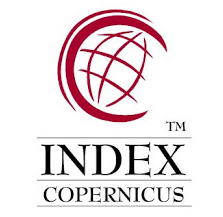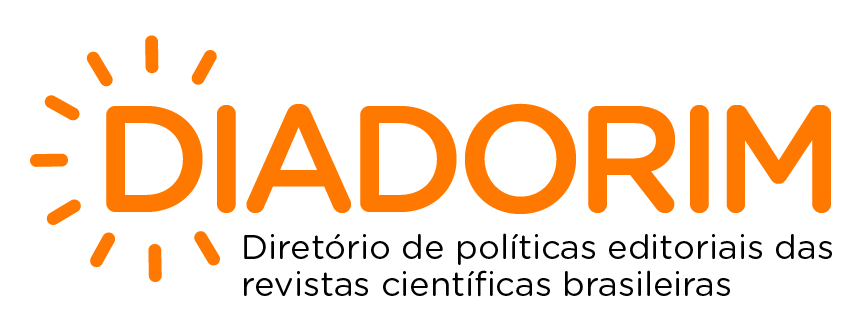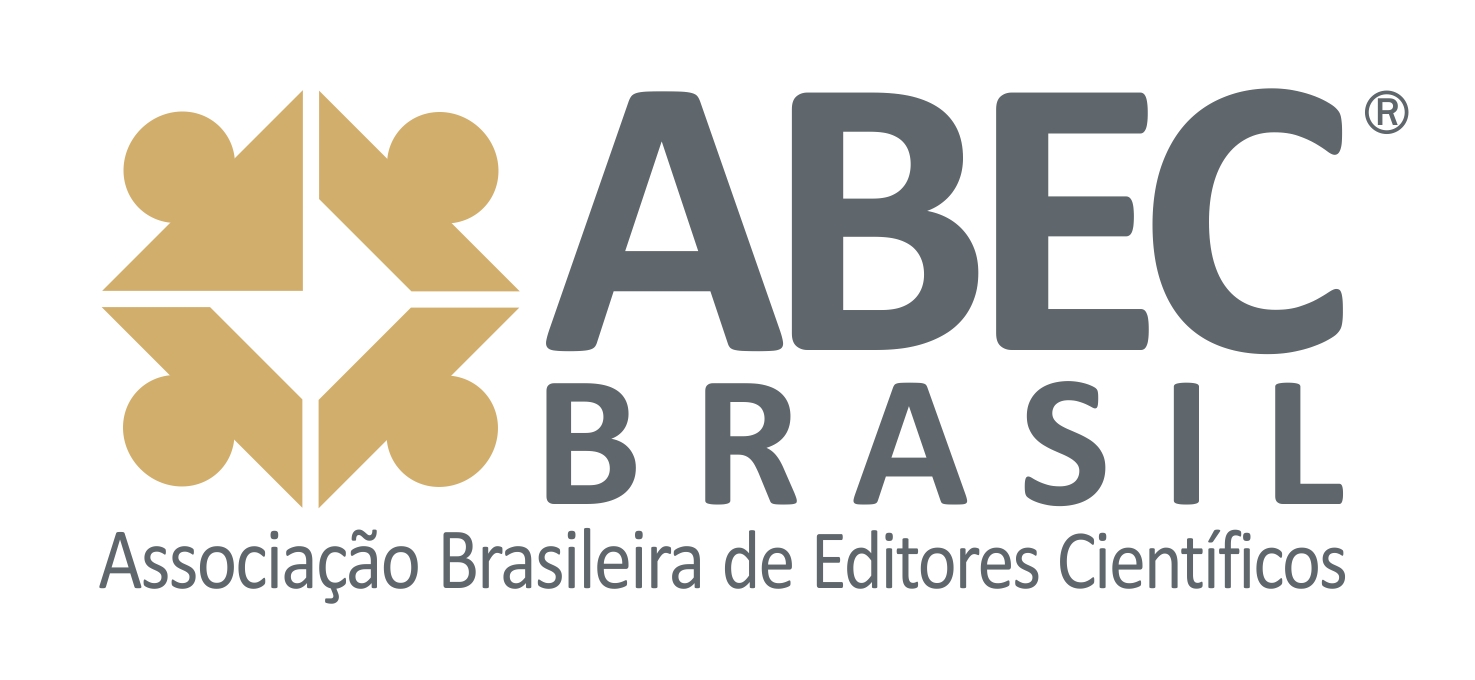A psicologia clínica e a depressão associada ao vício: uma abordagem científica
CLINICAL PSYCHOLOGY AND DEPRESSION ASSOCIATED WITH ADDICTION: ASCIENTIFIC APPROACH
DOI:
https://doi.org/10.51473/rcmos.v1i1.2023.1146Palavras-chave:
Psicologia clínica; Depressão; Vício; Transtornos mentais; Terapia psicológica.Resumo
Este artigo científico propõe uma abordagem aprofundada da relação entre a psicologia clínica, os transtornos depressivos e a dependência a substâncias psicoativas, sob uma perspectiva estritamente científica. Com base em teorias psicológicas clássicas e contemporâneas, bem como em estudos empíricos até o ano de 2021, analisa-se como os vínculos entre depressão e vício se estabelecem, quais as formas de tratamento validadas e o papel do psicólogo clínico nesse processo terapêutico.
Downloads
Referências
American Psychiatric Association. (2013). Manual Diagnóstico e Estatístico de Transtornos
Mentais: DSM-5. Porto Alegre: Artmed.
Beck, A. T., Rush, A. J., Shaw, B. F., & Emery, G. (1979). Cognitive Therapy of Depression.
New York: Guilford Press.
Botvin, G. J., & Griffin, K. W. (2004). Life skills training: Empirical findings and future DOI: https://doi.org/10.1023/B:JOPP.0000042391.58573.5b
directions. The Journal of Primary Prevention, 25(2), 211–232.
Corrigan, P. W., & Watson, A. C. (2002). Understanding the impact of stigma on people with
mental illness. World Psychiatry, 1(1), 16–20.
Engel, G. L. (1977). The need for a new medical model: a challenge for biomedicine. Science, DOI: https://doi.org/10.1016/B978-0-409-95009-0.50006-1
(4286), 129–136.
Frankl, V. E. (1969). The Will to Meaning: Foundations and Applications of Logotherapy. New
York: World Publishing Company.
Freud, S. (1920). Além do Princípio do Prazer. Obras Psicológicas Completas de Sigmund
Freud. Rio de Janeiro: Imago.
Hayes, S. C., Strosahl, K. D., & Wilson, K. G. (1999). Acceptance and Commitment Therapy:
An Experiential Approach to Behavior Change. New York: Guilford Press.
Hser, Y. I., Evans, E., Huang, Y. C., & Anglin, M. D. (2001). Relationship between drug
treatment services, retention, and outcomes. Evaluation Review, 25(6), 662–689.
Khantzian, E. J. (1997). The self-medication hypothesis of substance use disorders: A DOI: https://doi.org/10.3109/10673229709030550
reconsideration and recent applications. Harvard Review of Psychiatry, 4(5), 231–244.
Miller, W. R., & Rollnick, S. (2002). Motivational Interviewing: Preparing People for Change DOI: https://doi.org/10.1097/01445442-200305000-00013
(2nd ed.). New York: Guilford Press.
Moos, R. H., & Moos, B. S. (2000). Family environment, support, and adaptation: A path
analysis. Journal of Clinical Psychology, 56(1), 53–64.
Regier, D. A., Farmer, M. E., Rae, D. S., et al. (1990). Comorbidity of mental disorders with
alcohol and other drug abuse: Results from the Epidemiologic Catchment Area (ECA) Study.
JAMA, 264(19), 2511–2518.
Seligman, M. E. P. (1975). Helplessness: On Depression, Development, and Death. San
Francisco: Freeman.
Widom, C. S., Weiler, B. L., & Cottler, L. B. (1999). Childhood victimization and drug abuse:
A comparison of prospective and retrospective findings. Journal of Consulting and Clinical
Psychology, 67(6), 867–880.
Downloads
Arquivos adicionais
Publicado
Edição
Seção
Categorias
Licença
Copyright (c) 2023 Adenise de Souza de Oliveira (Autor)

Este trabalho está licenciado sob uma licença Creative Commons Attribution 4.0 International License.
Este trabalho está licenciado sob a Licença Creative Commons Atribuição 4.0 Internacional (CC BY 4.0). Isso significa que você tem a liberdade de:
- Compartilhar — copiar e redistribuir o material em qualquer meio ou formato.
- Adaptar — remixar, transformar e construir sobre o material para qualquer propósito, inclusive comercial.
O uso deste material está condicionado à atribuição apropriada ao(s) autor(es) original(is), fornecendo um link para a licença, e indicando se foram feitas alterações. A licença não exige permissão do autor ou da editora, desde que seguidas estas condições.
A logomarca da licença Creative Commons é exibida de maneira permanente no rodapé da revista.
Os direitos autorais do manuscrito podem ser retidos pelos autores sem restrições e solicitados a qualquer momento, mesmo após a publicação na revista.

















